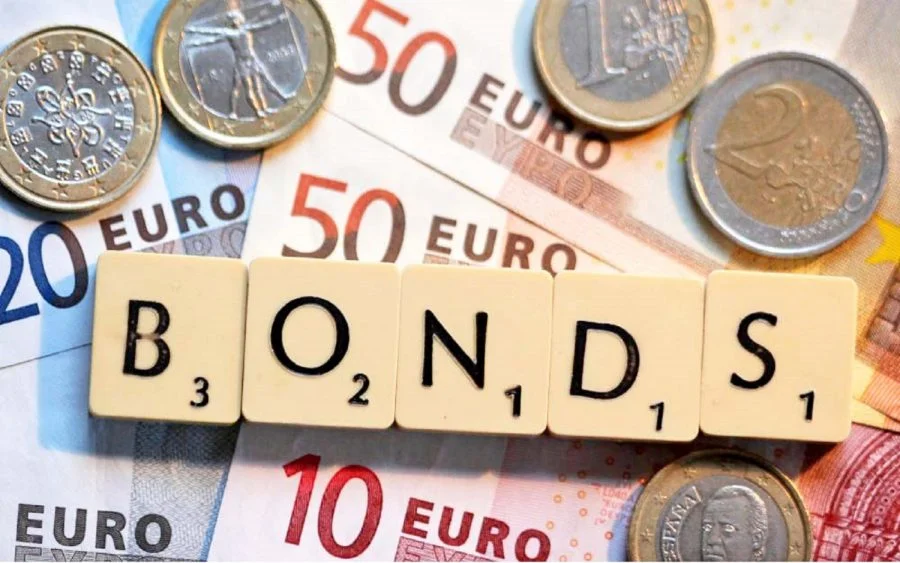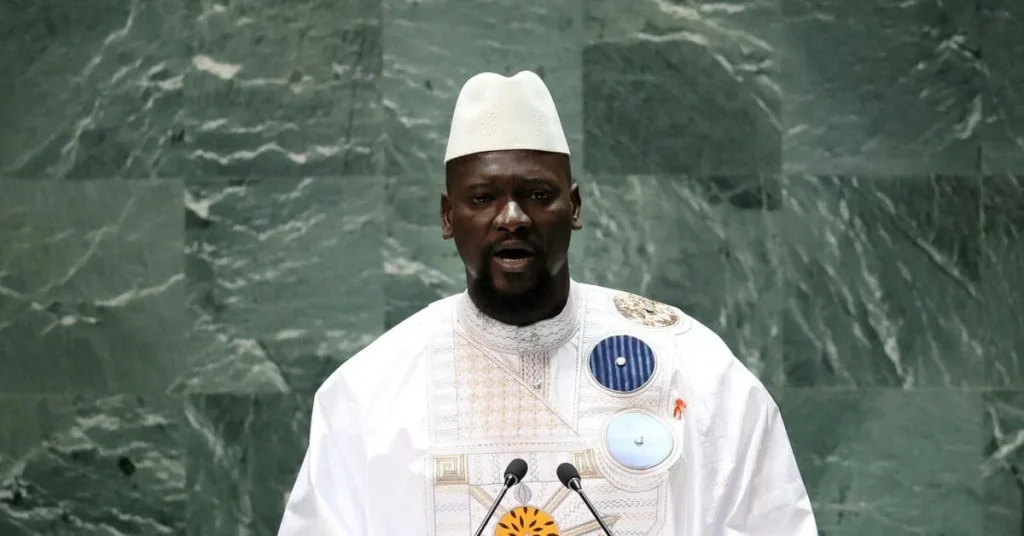The yields on Nigerian government debt have risen sharply in 2021, marking the end of the record-low interest rate environment of 2020, as the Central Bank of Nigeria (CBN) grapples with stagflation—high inflation, slow growth, and rising unemployment.
The benchmark 10-year government bond yielded 13.3% as of May 7, 2021, up from 4% in October 2020, the fastest increase since at least 2009, per FMDQ data.
One-year Treasury bills also jumped from 0.5% to nearly 10% over the same period, signaling a shift in monetary policy to make debt assets more attractive amid soaring inflation.
Drivers of Rising Yields
The CBN’s low-interest-rate policy, implemented to stimulate growth during the 2020 recession, has been phased out as inflation hit a four-year high of 18.17% in March 2021, per the Nigerian Bureau of Statistics.
Wale Okunrinboye, head of investment research at Sigma Pensions Limited, noted that the CBN is repricing Treasury bills to encourage domestic and foreign investors to roll over investments.
“The Q1 GDP numbers may tell us just how much the CBN is willing to bid rates higher,” he said, suggesting further tightening if growth data is positive.
Nigeria’s economy contracted by 1.8% in 2020, its worst recession in four decades, driven by Covid-19 and low oil prices, though it recovered slightly with 0.5% growth in Q4, per the World Bank.
However, growth lags behind the 2.2% population growth rate, exacerbating poverty, with 42.5% of Nigerians (87 million) below the poverty line in 2020.
Unemployment rose to 33% by Q4 2020, up from 27% in Q2, adding to stagflation pressures.
Impact on Debt and Investment
Rising yields benefit investors with higher returns but increase borrowing costs for corporates and the government.
In 2020, corporates raised a record N1.114 trillion in debt, fueled by low rates, per SEC and FMDQ data. Higher yields now threaten to curb issuance, as firms face costlier debt.
The Debt Management Office (DMO), led by Patience Oniha, raised nearly half of 2021’s borrowing target at lower rates earlier in the year, mitigating immediate fiscal pressure. However, the interest payment-to-revenue ratio, over 60% in 2020, is set to rise in 2022.
The stock market has also suffered, with the All-Share Index down 2.66% in 2021 after a 50% rally in 2020, per Bloomberg data. Egie Akpata of UCML Capital noted that rising bond yields are diverting investment from stocks to bonds, explaining the market’s lackluster performance.
Foreign Exchange and Investor Confidence
Attracting foreign portfolio investment hinges on foreign exchange availability, a persistent challenge. The CBN’s June 2020 foreign exchange restrictions and naira devaluation widened the gap between official (N410/$) and parallel (N500/$) rates, deterring investors.
Foreign portfolio investment fell 26.7% to $3.9 billion in 2023 from $5.3 billion in 2022, per the US State Department, despite later liberalization efforts.
The CBN extended its “Naira for Dollar” scheme to boost remittances, but forex scarcity and inflation continue to undermine confidence.
Outlook and Challenges
The CBN faces a delicate balance: raising rates to curb inflation risks stifling growth, while low rates fail to attract investment amid naira depreciation.
Analysts warn of persistent stagflation, with inflation projected to hit 31.6% in 2024 before easing to 20.7% in 2025, per the African Development Bank.
Structural issues—oil dependency (90% of exports), insecurity, and infrastructure deficits—further complicate recovery.
The CBN’s shift to tighter policy, with rates rising from 11.5% to 13% in 2022, reflects efforts to stabilize prices, but its impact on the informal sector, employing 80% of Nigerians, remains limited.






